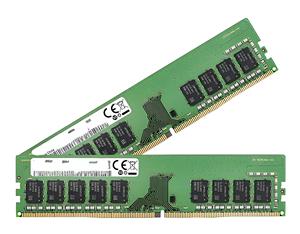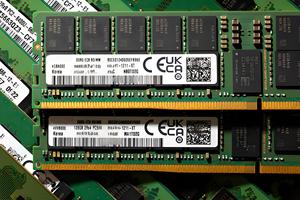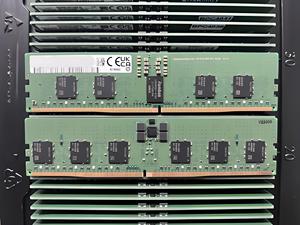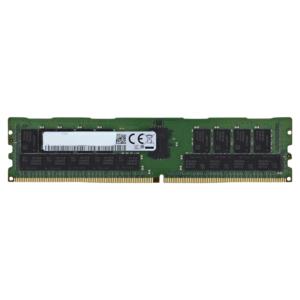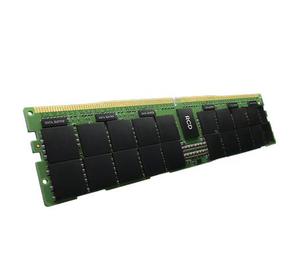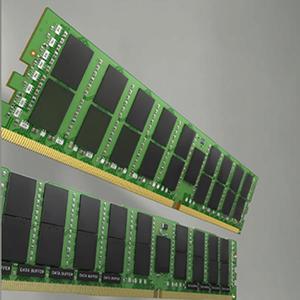Understanding Generation RAM
Generation RAM, or Random Access Memory, is an essential component of modern computing systems, designed to improve the speed, efficiency, and overall performance of devices. As technology evolves, so does the generation of RAM, with advancements aimed at meeting the increasing demands of software applications and user experiences. This product description delves into the various types, functions, features, and applications of generation RAM.
Types of Generation RAM
Generation RAM comes in several types, each optimized for specific tasks and applications. Understanding these types helps users choose the most suitable option for their devices:
- DDR (Double Data Rate) RAM: This is the most common type of RAM, available in multiple generations (DDR, DDR2, DDR3, DDR4, and the latest DDR5). Each subsequent generation offers increased speed and reduced power consumption.
- SRAM (Static RAM): Unlike DRAM, SRAM retains data bits in its memory as long as power is supplied. It is faster but more expensive and is mainly used in cache memory.
- DRAM (Dynamic RAM): This type is widely used in personal computers and servers. It requires constant refreshing of data but is more cost-effective and denser than SRAM.
- LPDDR (Low Power DDR): Specifically designed for mobile devices, LPDDR consumes less power while providing adequate performance, making it a popular choice for smartphones, tablets, and laptops.
Function and Feature of Generation RAM
Generation RAM plays a pivotal role in the functionality of electronic devices. Here are some of its key features and functions:
- Speed: Higher generation RAM offers faster data transfer rates, significantly improving overall system performance.
- Bigger Capacity: Modern generation RAM can support larger amounts of memory, allowing more applications to run simultaneously without slowdown.
- Power Efficiency: Newer RAM generations are designed to consume less power, which is vital for battery-operated devices, extending their operational lifespan.
- Enhanced Data Integrity: Improved error correction features in higher generations ensure that data corruption is minimized, providing better stability and reliability.
Applications of Generation RAM
Generation RAM finds applications across various devices and industries. Its versatility makes it crucial in contemporary technology:
- Personal Computers: High-capacity and high-speed RAM are essential for gaming, graphic design, and multitasking, allowing users to execute demanding applications smoothly.
- Mobile Devices: The advent of LPDDR RAM has transformed smartphones and tablets, enhancing performance while preserving battery life.
- Servers and Workstations: In data centers, high-generation RAM supports heavy loads and virtualization, enabling efficient data processing and storage capabilities.
- Embedded Systems: From automotive applications to IoT devices, tailored RAM solutions enable quick processing and response times.
Advantages of Using Generation RAM
Investing in the latest generation of RAM comes with numerous advantages that translate into a superior user experience:
- Cost-Effective Performance: Although higher generation RAM may have a steeper upfront cost, the enhanced speed and power efficiency lead to long-term savings and productivity gains.
- Future-Proofing: Utilizing the latest generation RAM prepares your devices for upcoming software demands, ensuring longevity and relevance in a fast-evolving digital landscape.
- Boosting Multitasking Abilities: Higher RAM capacities allow seamless switches between applications, improving workflow and user satisfaction.
- Reduced Latency: With faster read and write speeds, high-generation RAM minimizes delay times, enhancing the overall responsiveness of the system.









